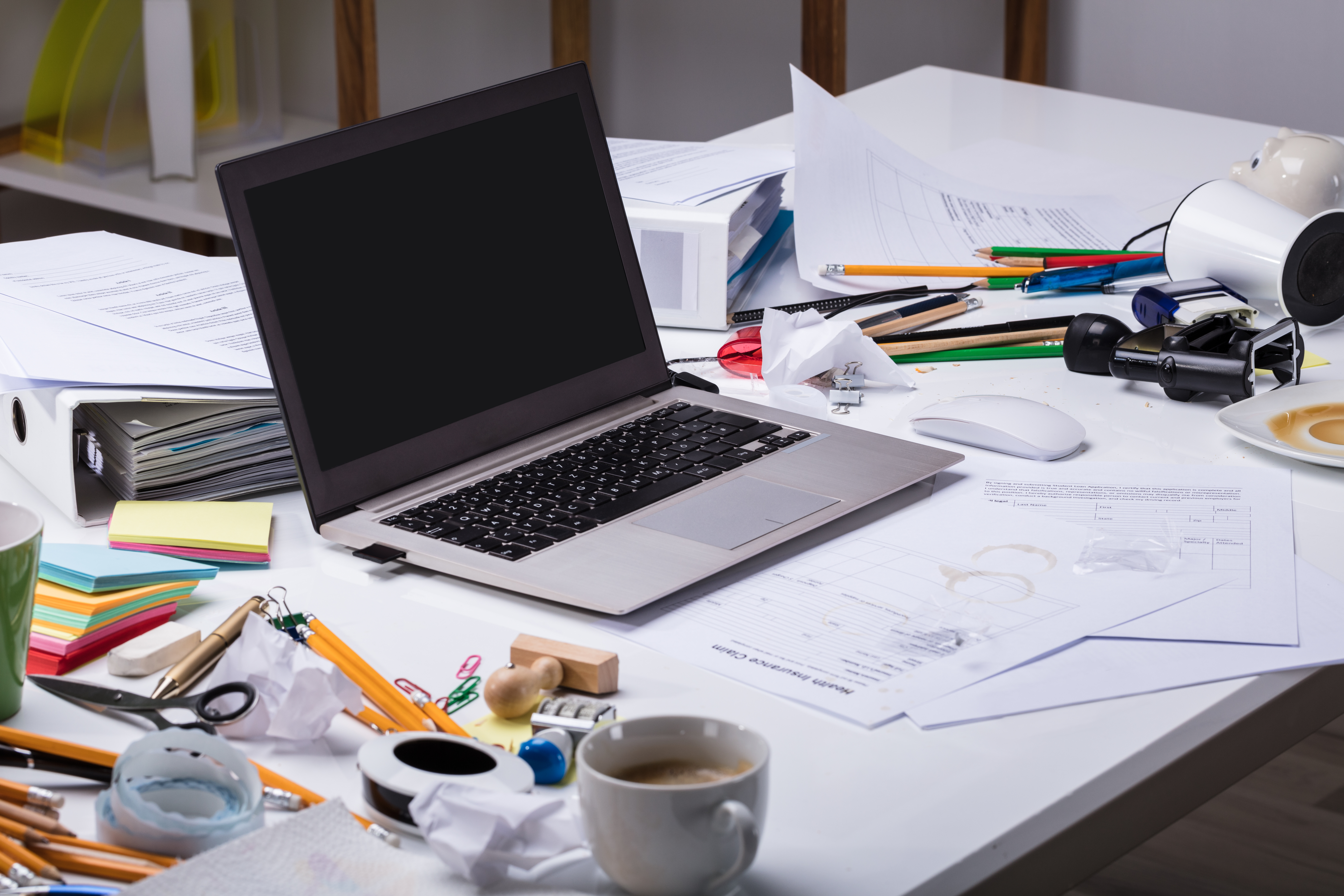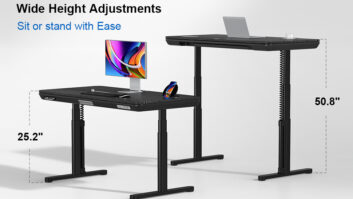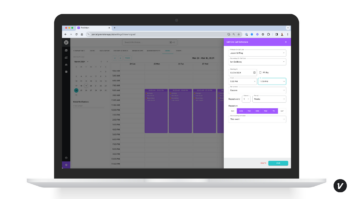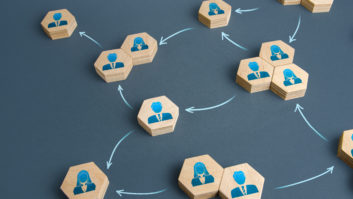Could your desk use some decluttering? If so, you may share a personality trait with most procrastinators; putting off decisions. Breaking that procrastination habit means you are going to have to do a bit of digging, literally, to declutter your desk. This can be more difficult for those with depression, bipolar, or PTSD than those individuals without, but it can be done. Planning, practice and more practice is what it takes to de-clutter your desk and regain space in your mind.

What Makes Us Get to the Point of Needing to De-Clutter Our Desks?
Clutter can make you feel secure and cozy, especially to the depressed individual. Sometimes it can make you feel busy and important. Your statement to the world is:
- “Look at all I have to do” or
- “Look how overworked I am” or
- “Don’t give me anything else to do.”
A lot of the sorting can be trivial work and may seem to be inappropriate for the amount of time spent. Given the total trivial amount of work, it does not take much to turn it into a major project.
Is your desktop as cluttered as your mind? Cleaning up trade journals, news releases, old calendars, and lunch bags from your favorite fast food place can help not only clean up your physical space but help in clearing your mental clutter, too. A clean desk is an orderly desk, but not necessarily a good working desk. A little chaos can be good. How much chaos is up to the individual, but don’t go overboard.
Related: Setting Business Goals When You Have Depression, PTSD or Bipolar Disorder
Declutter Your Desk with These Simple Steps:
1. What Decisions Do You Need to Make?
Every time a paper or an item passes over or crosses onto your work area, a decision needs to be made.
A Paper, Cut Sheet or Magazine Requires:
- Read Me
- File Me
- Fix me
- Toss Me
Fixed or be Fixed Items need:
- Order Me (parts, manuals, etc)
- File Me (parts, manuals, the usual suspects)
- Ship Me (now)
Hopefully the toss me items don’t even make it to your work space.
2. What Do You Need on Your Desktop?
“Clean desk” or “Clean freak” advocates insist that only your current project belongs on your desk top. These advocates would banish everything else to side tables, drawers or shelves. But let’s not take the extreme position. Instead we want to create a maintainable and livable desktop situation at work.
If your space currently has a mountain range or two of items, papers, and stuff, it is time to take immediate action. The first question you need to answer on is not, “How am I going to clean this workspace?” but “What do I need on the top surface of my work area?” Even a memory with total recall can’t prevent papers and items from being misplaced. It happens a lot, and we need a way to deal with it.
Take a couple of hours, and find a temporary staging area (the floor has always worked for me). Take everything off your desk and begin the sort.
- What goes “ON” the desk?
- What goes “IN” the desk?
- What goes “NEXT” to the desk?
- Where will you put the leftover stuff? (NOT back ON or IN the desk!)
Finish your desk top sort in a set time. I make it a morning project and finish before lunch, or sometimes start after lunch and finish before the day is out.
Related: How Are You, Really?
On the Desk Ideas
As you finish your sort; start to assemble your desktop. I find a desk blotter is essential. On my bench surfaces, I like those calendar-style blotters, which allow for quick note taking (notes that don’t easily disappear) and small spills are easily cleaned up. One item or work project at a time on the blotter.
Desk Drawer Ideas
“One drawer one purpose” as the motto. Office supplies in one drawer, clean paper and stationery in another, and of course the ever popular junk drawer. You may have other drawers available (such as file cabinets, bench drawers, etc.)
- Use small boxes and plastic containers, especially colored ones to help keep items sorter.
- Most of all, don’t be a hoarder — give away extra staplers and boxes of pens, or put it in the master office supply cabinet.
When you de-clutter your desk, you make it easier for your mind to operate at work. Try it — it works!






